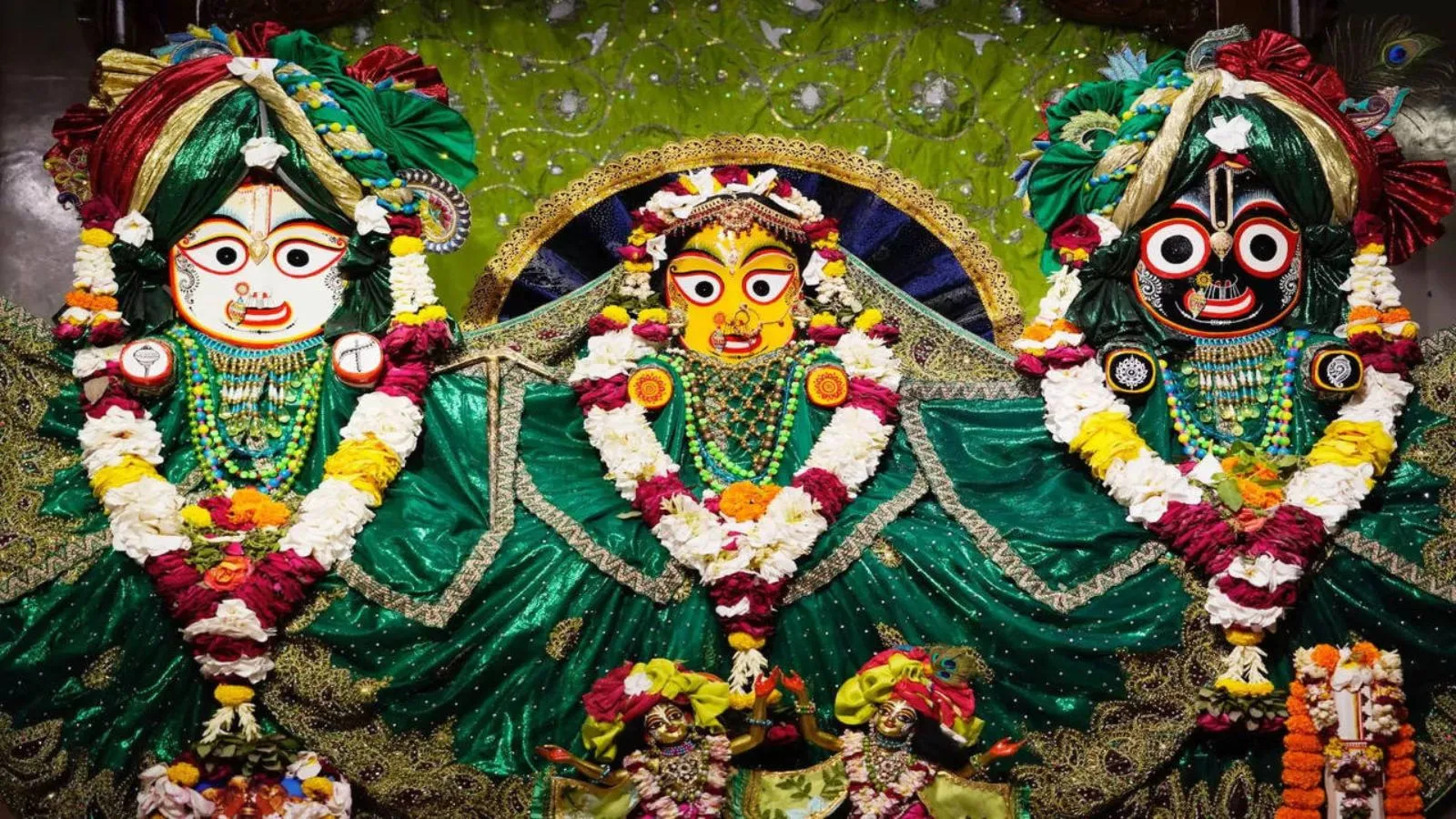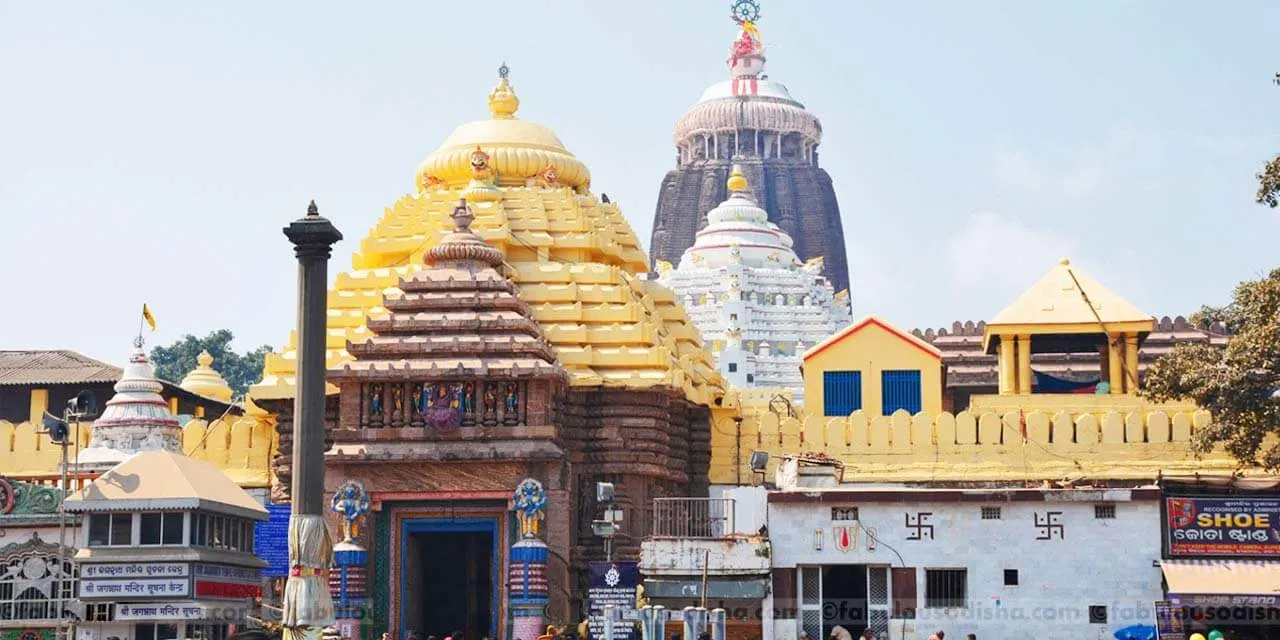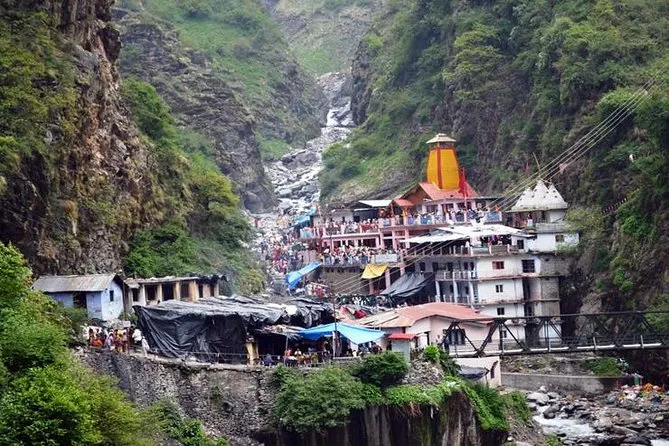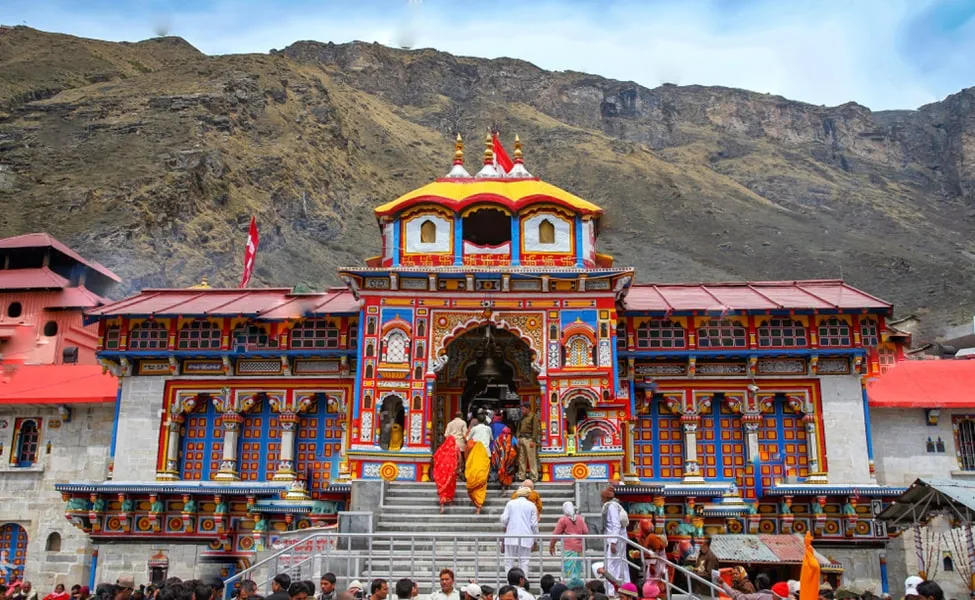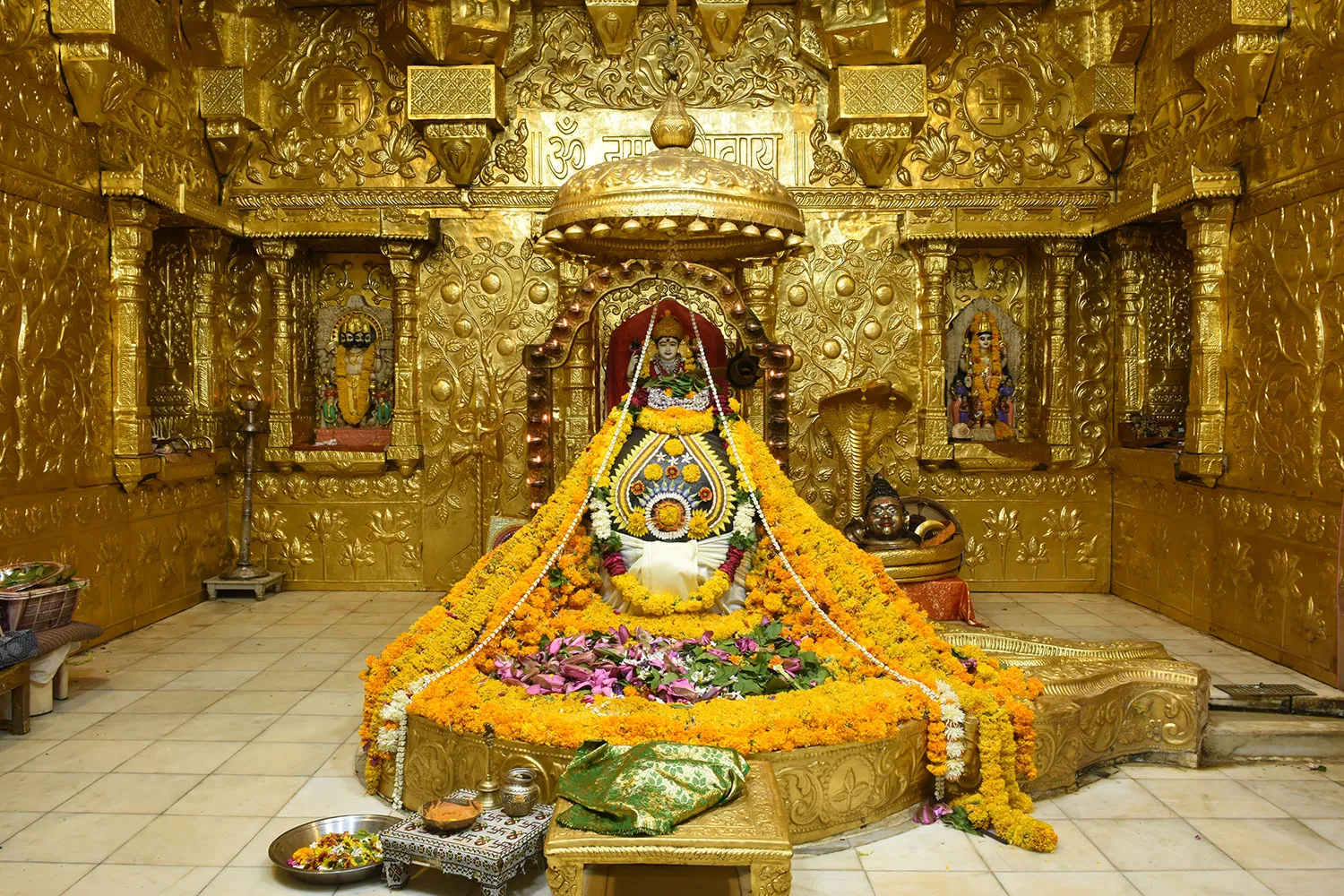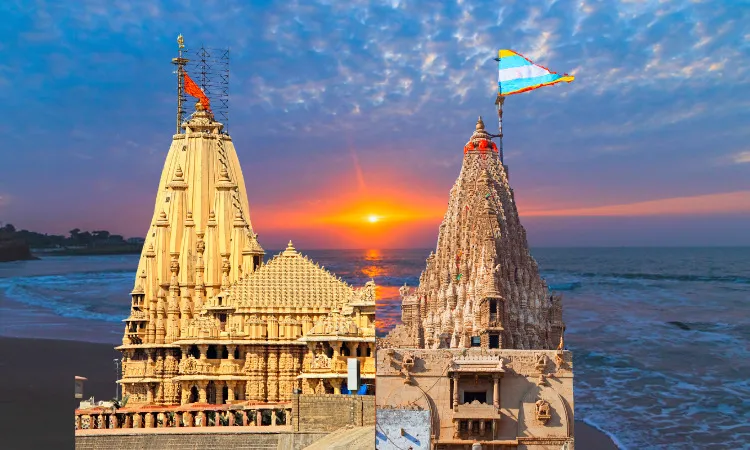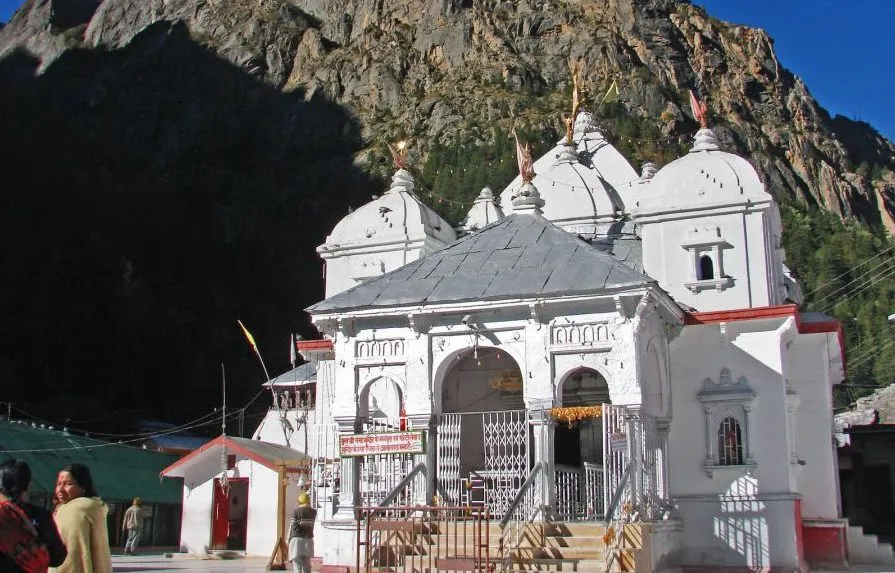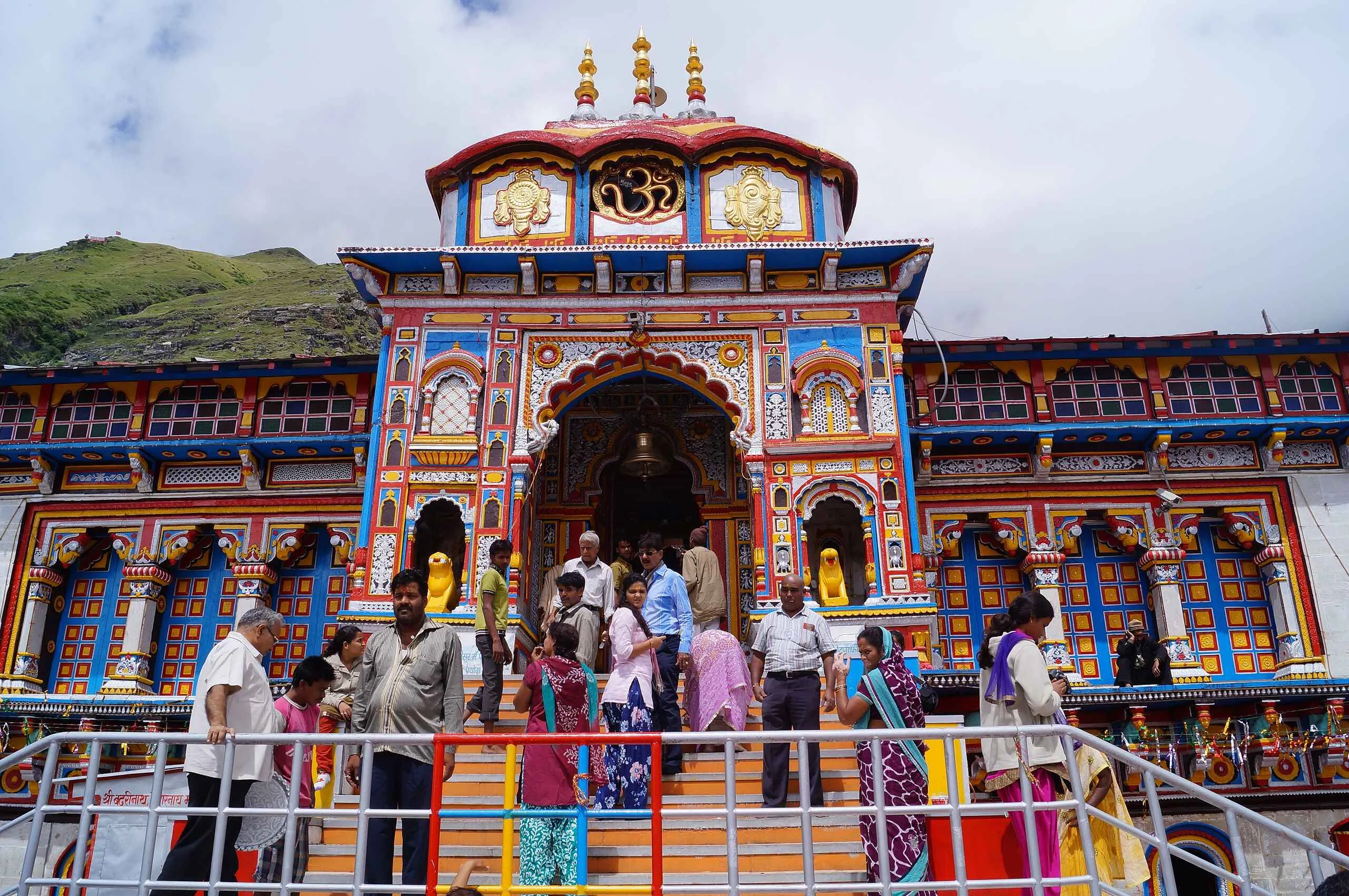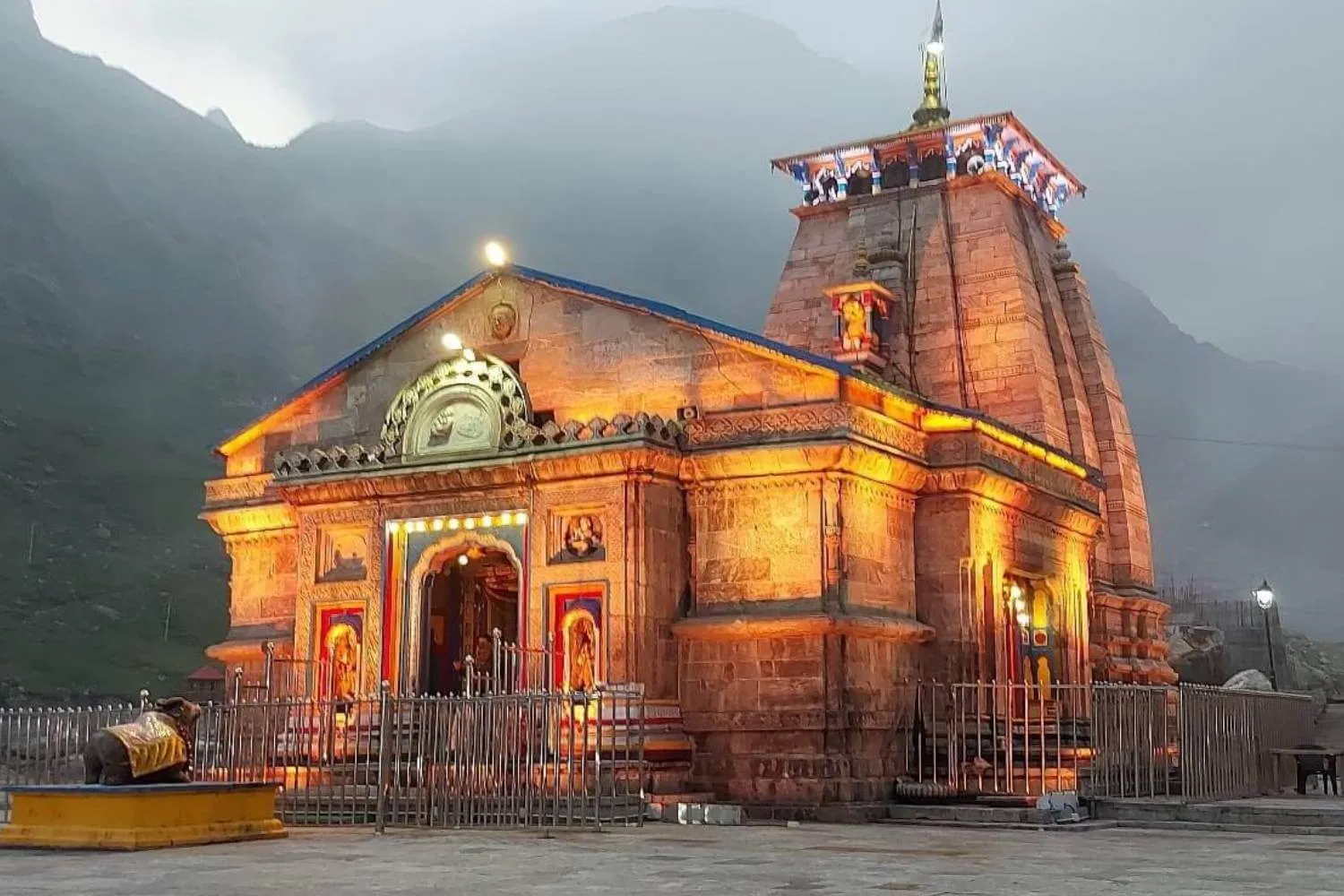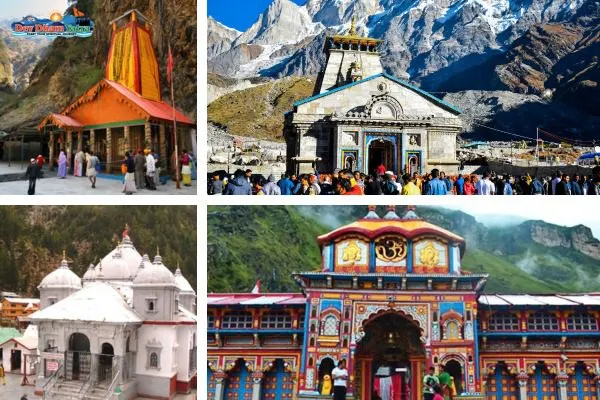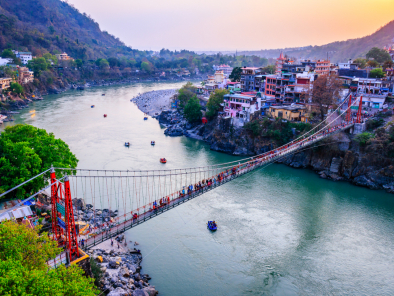
Posted by: Akhil
Uttarakhand, known as Dev Bhoomi or the "Land of Gods," is not only famous for its stunning landscapes and adventurous opportunities but also for its sacred rivers that hold immense religious and cultural significance. These rivers, originating from glaciers in Tibet, Nepal, and India, are considered vital to the state's ecosystem, economy, and the spiritual well-being of its people. Devotees and travelers alike flock to Uttarakhand, drawn by the holiness of these rivers, which are an integral part of their spiritual journey.
The rivers of Uttarakhand are regarded as sacred, each carrying its own story and importance in Hindu mythology. They serve as the lifeline of the state, used for daily activities, agriculture, and religious ceremonies. Among the most revered features of these rivers are the "prayags" — the confluence points where two rivers meet, often seen as sites of divine energy. Uttarakhand is home to five primary prayags, making it a key spiritual destination for pilgrims.
Here’s a closer look at some of the most significant rivers flowing through Uttarakhand:
1. Alaknanda River
Originating from the Satopanth and Bhagirathi Kharak Glaciers, the Alaknanda River is considered one of the holy rivers of Uttarakhand. It flows through several towns, including the famous Badrinath, a key stop on the Char Dham Yatra. The river is known for its majestic rapids, offering a thrilling yet sacred experience for travelers.
2. Bhagirathi River
The Bhagirathi, which flows from the Gaumukh Glacier, is believed to be the earthly form of the goddess Ganga. It is a significant part of the Char Dham Yatra and holds deep religious significance, with numerous tributaries flowing into it. The river flows past Kedarnath, where devotees come to take a sacred dip to cleanse themselves of their sins.
3. Ganga River
One of the most iconic and sacred rivers in the world, the Ganga flows from the confluence of the Alaknanda and Bhagirathi rivers at Devprayag. Known as Vishnupadi, the Ganga is central to Hindu spirituality, symbolizing purity, devotion, and redemption. It is widely revered, and millions of people visit its banks for bathing and prayer, especially during the Kumbh Mela.
4. Mandakini and Nandakini Rivers
The Mandakini River, originating from the Chorabari Glacier near Kedarnath, merges with Alaknanda in Rudraprayag. Along with Nandakini, which flows from the Nanda Devi range, these rivers are vital in the region's spiritual life, with references to them in ancient texts like the Bhagwat Geeta.
5. Gori and Kali Ganga
The Gori Ganga flows from the Milam Glacier and merges with the Kali Ganga in the Jauljibi area. The Kali Ganga, originating from Lipmpiya Dhura, is known for its whitewater rapids, making it a popular spot for rafting enthusiasts.
6. Pindar River
The Pindar River originates from the Pindari Glacier and flows through small towns like Nauti, Bhagori, and Dewalo before joining the Alaknanda at Karnaprayag. This river is an important water source for the region.
7. Saryu River
The Saryu River, originating from the Sarmool area, flows through the Kumaon region and merges with the Mahakali River in Pancheshwar. Known for its scenic beauty, it is home to the famous Bagnath temple, where pilgrims visit to pay their respects.
8. Ramganga (Western and Eastern) Rivers
The Western Ramganga originates in the Dhudhatoli Hills, flowing through Jim Corbett National Park, while the Eastern Ramganga passes through fertile regions. Both rivers hold religious significance and contribute to the region's agricultural prosperity.
9. Tons River
The Tons River, the largest tributary of the Yamuna, originates from the Bandarpoonch mountain and flows through the picturesque valleys of Uttarakhand. Its pristine waters and mesmerizing landscapes make it a prime destination for nature lovers and river rafting enthusiasts.
10. Yamuna River
The Yamuna, one of the longest rivers in India, originates from the Yamunotri Glacier and flows through the Garhwal region before entering the plains. It is also part of the Char Dham Yatra, and its convergence with the Ganga at Triveni Sangam in Allahabad is considered an immensely sacred event.
11. Dhauliganga River
The Dhauliganga River, another major tributary of the Ganga, flows through the Chamoli district and merges with Alaknanda at Vishnuprayag. The river is home to various hydroelectric projects and is known for its scenic beauty.
Conclusion
The rivers of Uttarakhand are more than just geographical features; they are sacred entities that embody the spiritual essence of the region. Each river, with its clear waters and deep-rooted significance, offers an unforgettable experience. Whether it’s the serene Ganga or the roaring Alaknanda, these rivers continue to inspire devotion, adventure, and reverence. A trip to Uttarakhand is incomplete without paying tribute to these holy rivers that have shaped both the landscape and the lives of the people for centuries.


